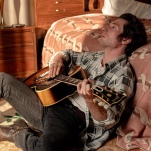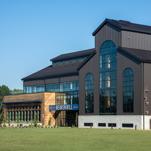Checklist: Kosrae, Micronesia
Photos by Cameron Beitz
It seems like very few people have heard of Micronesia. “You mean Indonesia?” They ask. Not quite. The Federated States of Micronesia is a cluster of islands in the massive stretch of ocean between Hawaii and Australia, right next to Guam. Keen divers might have heard about Chuuk, famous for its World War II wreck dives, but few have ventured as far as the beautiful, largely untouched island of Kosrae, known as the jewel of Micronesia.
Only the most adventurous travelers turn up in Kosrae, an island of around 7,000 people, two main hotels and approximately 200,000 coconut palms. In a world of increasing commercialization, Kosrae really is an adventure-loving traveler’s dream. The island offers a very personalized “homey” travel experience. With very few expats and a small town atmosphere, everyone is incredibly welcoming; you feel like part of the community immediately on this virtually untouristed island. As everything is family run and flexible, you have the freedom to choose your own adventure and go at your own pace. Everyone will do their best to make sure you have a great time and see the best their island has to offer.
Kosrae is a little tricky to get to, but well worth the effort. You’ll need to island hop from Hawaii, but there are regular flights with United Airlines. Micronesia uses the U.S. dollar, making the island an accessible holiday destination. All equipment rentals (with the exclusion of high quality surfboards) and tours can be organized through the island’s two main hotels: Kosrae Nautilus Resort and Pacific Treelodge Resort.
-

-

-

-

-

-

-

-

-

-

-

-

-

-

-

-

-

-

-

-

-

-

-

-

-

-

-

-

-

-

-

-

-

-

-

-

-

-

-

-











































